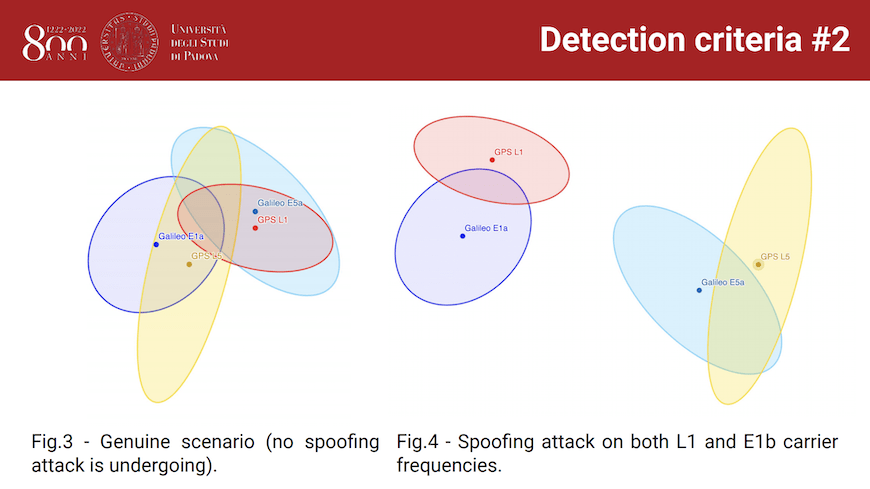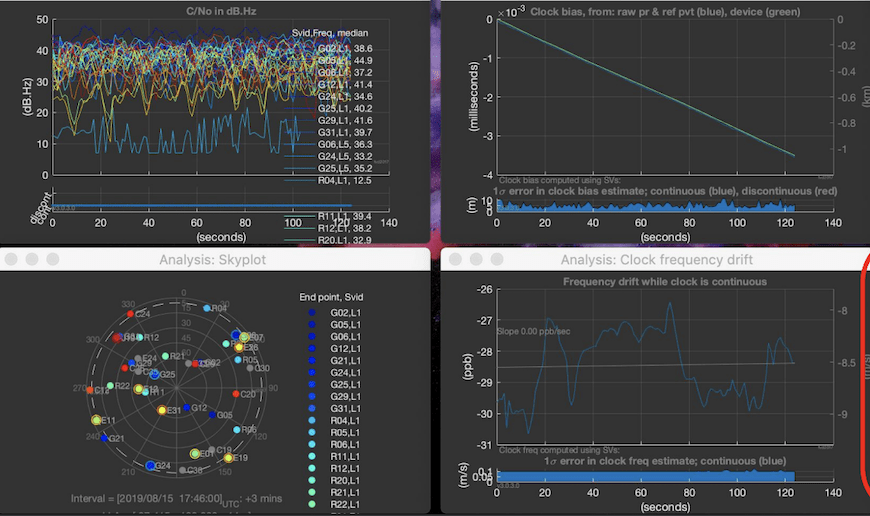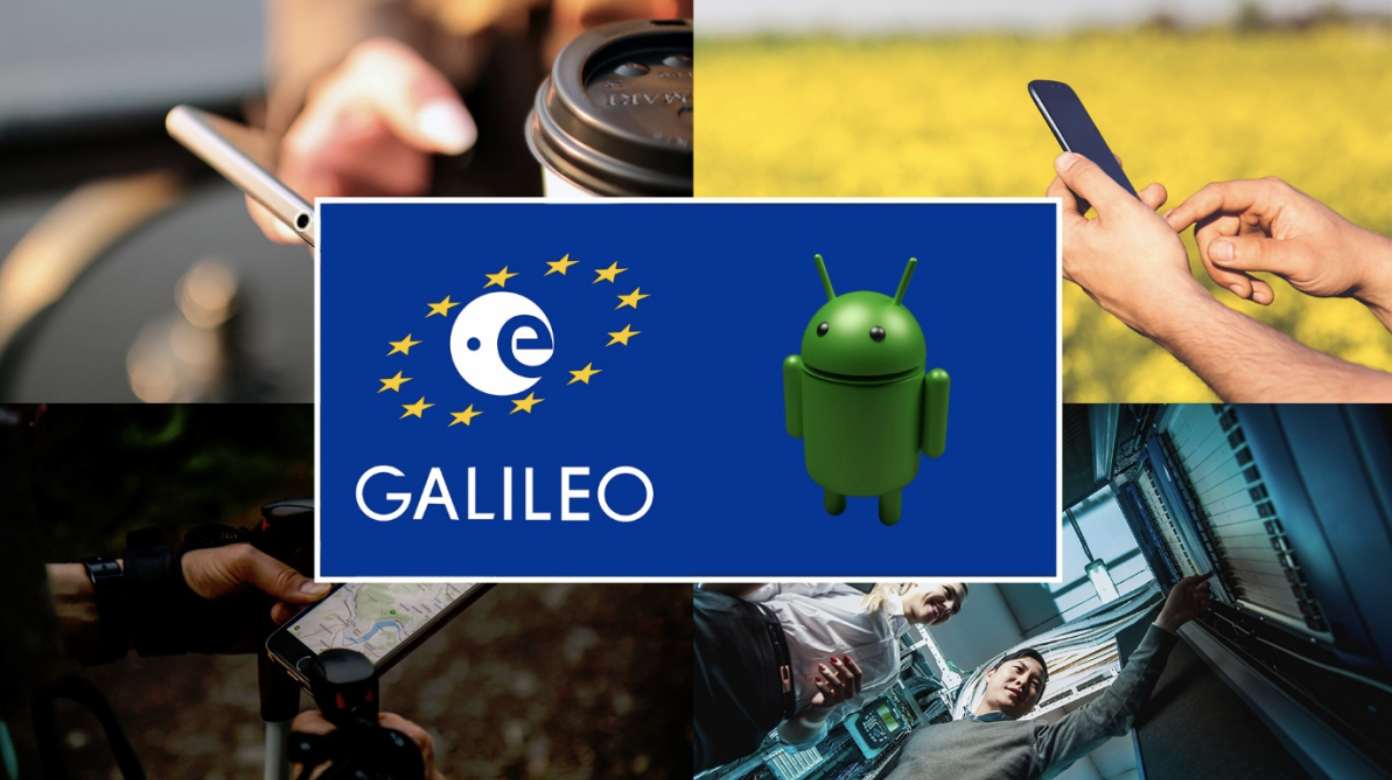The fourth GNSS Raw Measurements Task Force Workshop gathered more than 200 participants from 32 countries in an online experience in late May. A keynote presentation by Frank van Diggelen from Google led the charge, unveiling recently updated Google tools for logging and analyzing GNSS measurements on the Android platform. The European GNSS Agency (GSA) hosted.
New features available in GnssLogger, such as logging in RINEX format or logging of other sensor data, or in GNSS Analysis software, such as new PVT filters or “select satellite for position,” got close attention and instruction. Information on coming features such as antenna phase centre offset, scheduled for the Android 11 release in Q3 2020, was also shared.
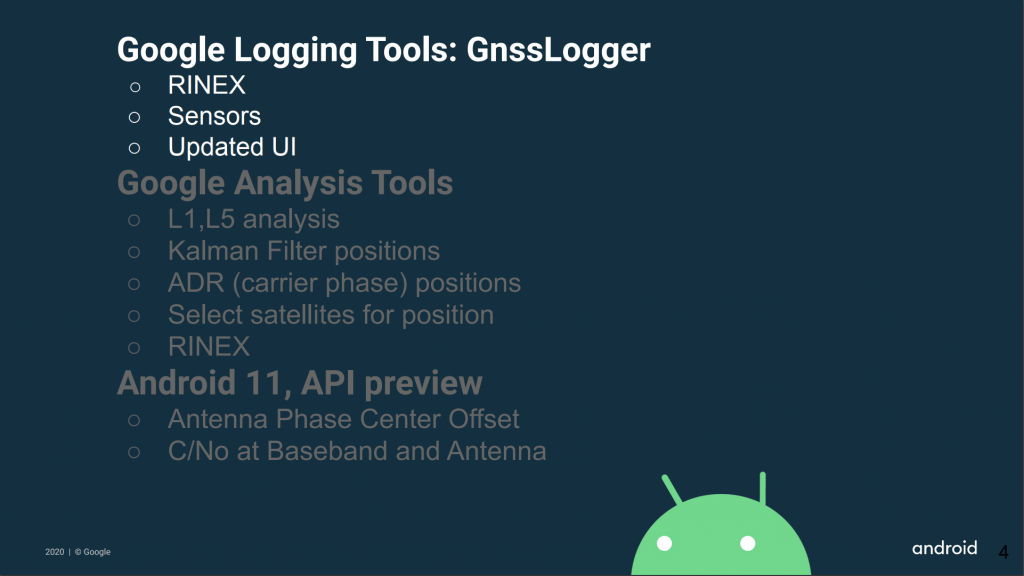
Travel here for an agenda and PDFs of all slide presentations made at the workshop.
GNSS raw measurements are increasingly used in educational and scientific projects globally, leading to increased knowledge and interest in GNSS technology and better implementation of GNSS within smartphones. A growing body of evidence shows that sub-meter positioning is feasible in real-time with current smartphones when using RTK and other techniques. Test results from dual-frequency chipsets showed that Galileo can improve obtainable accuracy by reducing multipath.
The first day of the workshop continued with presentations from Airbus (Tomasz Lewandowski) and ESA (Xurxo Otero) showing test results with dual-frequency smartphones and evaluation kits; from Qascom (Carlo Sarto) on future OS-NMA use in smartphones; the GSA (Joaquin Reyes) on how raw measurements improve the digitalization of CAP controls; EC (Katarzyna Porzuc) on GNSS raw measurements in the context of ensuring caller location in emergency communications; and JRC (Maria Angeles Aragon) about the NeQuick-G algorithm.
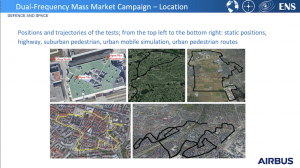
On the second day of the workshop, Rokubun CTO Miquel Garcia-Fernandez spoke about WiFi RTT (Round Trip Time) measurements as the GNSS companion for Indoor Positioning; Joshua Critchley-Marrows, NSL, spoke on “The FLAMINGO experience; developing a 50cm positioning service for Smartphones” (see here for an Inside GNSS technical feature on this application); and Giulio Scattolin, University of Padova, presented “Detecting Spoofing Events by Comparing Reconstructed Positions of E1a and E5a Galileo Signals.”
Attendees benefitted from many other presentations of high interest on both days. Workshop participants came from public institutions, academia, big companies and small-to-medium enterprises.
Join the Task Force
The GNSS Raw Measurements Task Force is dedicated to promoting a better and wider use of GNSS raw measurements. Since its launch in 2017, the Task Force has expanded from a handful of experts to a community of moerw than 100 agencies, universities, research institutes and companies. Membership is open to anybody interested in GNSS raw measurements. To join the Task Force contact: ma****@********pa.eu.
